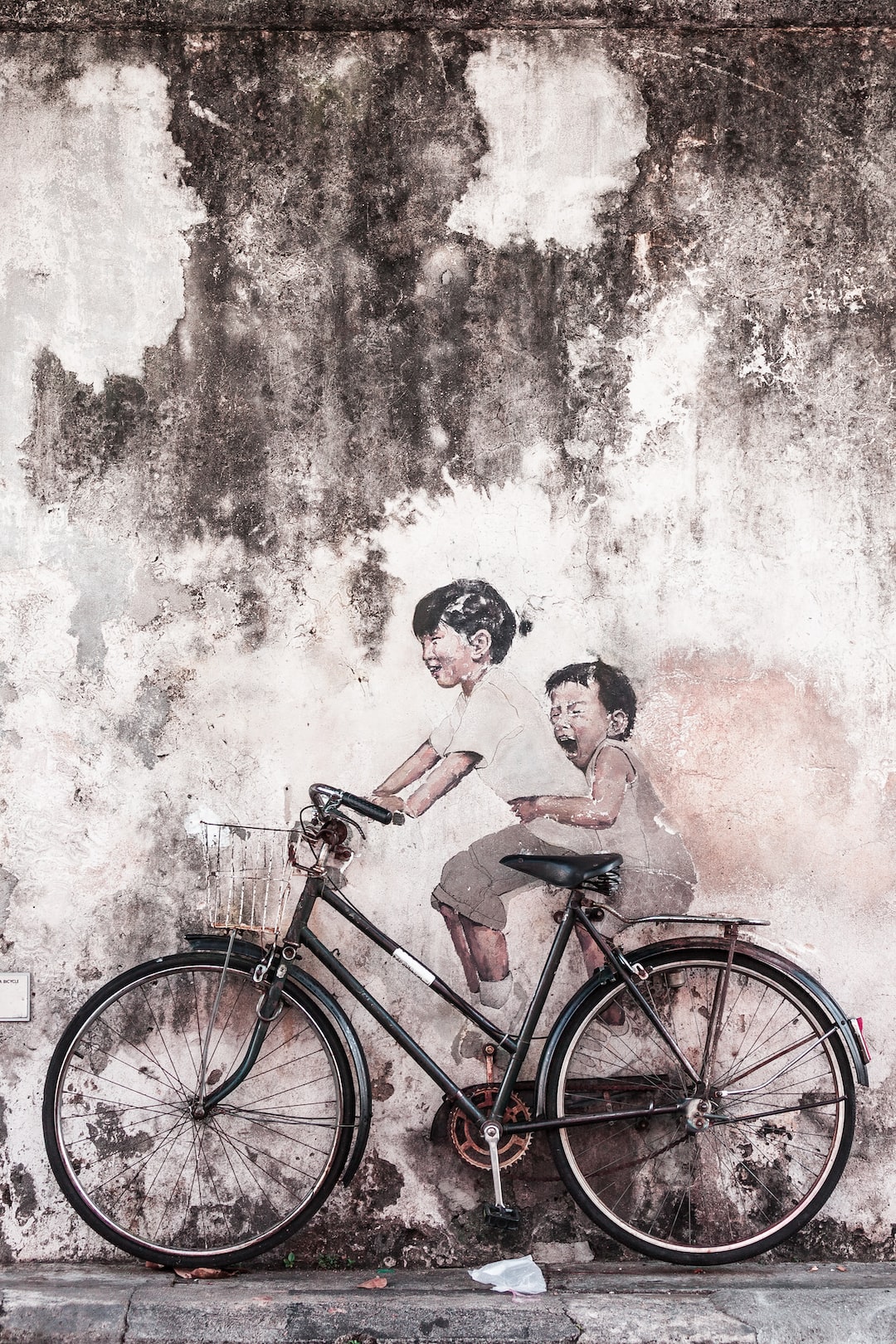Art Therapy: Healing through Creative Expression
In our fast-paced and stressful world, finding ways to unwind and heal has become more important than ever. While traditional therapy methods have proven effective, a new and innovative approach has gained momentum in recent years—art therapy. Art therapy combines psychology and creativity to help individuals cope with emotional and mental distress. Through art-making, people are able to express and explore their emotions, thoughts, and feelings in a safe and non-judgmental space.
Art therapy is based on the belief that the act of creating art can be therapeutic in itself. Whether it’s painting, drawing, sculpting, or any other art form, the process of creating engages the mind and body in a meditative state. This mindful art-making allows individuals to relax, connect with their thoughts and emotions, and gain insight into themselves. It is a powerful tool that can be used by people of all ages and backgrounds, regardless of their artistic abilities.
One of the greatest advantages of art therapy is its ability to bypass language barriers. Many people find it difficult to verbalize their emotions or express themselves using words. Art offers an alternative form of communication that transcends language, allowing individuals to communicate their feelings and experiences through shapes, colors, and textures. Through the art-making process, clients are able to access their subconscious mind, revealing underlying emotions and memories that may have been difficult to access otherwise.
Art therapy has been found to be particularly effective in treating individuals who have experienced trauma or abuse. Trauma often leaves a lasting impact on a person’s mental and emotional well-being, often resulting in the development of disorders such as post-traumatic stress disorder (PTSD) or depression. Through art therapy, survivors are able to confront and process their trauma, gradually restoring their sense of self and regaining control over their lives.
Art therapy can assist with a wide range of mental health issues, including anxiety, depression, and addiction. By engaging in the creative process, individuals are able to release intense emotions, reduce stress, and improve their overall mental well-being. The act of creating art also provides a sense of accomplishment and self-worth, boosting self-esteem and promoting a positive outlook on life.
Furthermore, art therapy encourages self-reflection and personal growth. By engaging in artistic activities, individuals are encouraged to explore their own thoughts and feelings, gaining insight into their own behavior and patterns. This self-awareness is a fundamental step towards healing and personal transformation.
Art therapists are professionals who are trained to use the creative process to help individuals achieve their therapeutic goals. They create a safe and supportive environment where clients can freely express themselves and explore their inner world. Art therapists are skilled in interpreting the symbolism and meaning behind the artworks, helping clients gain a deeper understanding of their emotions and experiences.
In conclusion, art therapy offers a unique and effective approach to healing and personal growth through creative expression. Its ability to engage the mind, body, and emotions provides a holistic therapeutic experience that can be transformative for individuals who struggle with emotional and mental distress. Whatever the medium or artistic skill, artistic expression allows individuals to tap into their inner selves and find solace, fostering a renewed sense of well-being and empowerment. If you are looking for a natural and empowering way to heal, art therapy might just be the answer.

